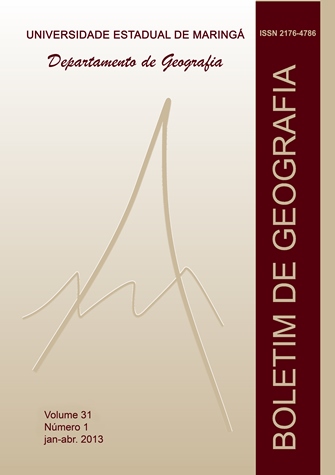Urban forest: dispersal syndromes and ecological groupings of species of the understorey
Abstract
The study was conducted in an urban forest fragment located in the Camaragibe city, Pernambuco, Brazil with the objective of assessing the potential of this fragment as a source of seedlings for enrichment projects in areas of the same forest typology. Thus, was performed the classification of the ecological groups and of the dispersal syndromes of tree and scrub species of the natural regeneration. The biota was represented by 40 species belonging to 38 genera and 24 botanical families for a total of 395 individuals. These, 38 were identified at specific level and 2 at the generic level. The families that contributed most to floristic richness in terms of amount of species in alphabetical order were: Anacardiaceae, Annonaceae, Burseraceae, Caesalpiniaceae, Euphorbiaceae, Meliaceae, Mimosaceae, Moraceae, Rubiaceae, Sapindaceae and Tiliaceae. The dispersal syndrome was the predominant zoochory, identified in 87.5%, followed by anemochory, which represented 7.5% of cases. These results show the good conservation of the fragment studied, and confirm the viability of using it as a source of seeds for revegetation activities in areas of the same forest typology.
Downloads
O Boletim de Geografia está licenciado através da Creative Commons Atribuição 4.0 Internacional (CC BY 4.0).
Autores que realizam submissões ao Boletim de Geografia concordam com os sequintes termos:
- Autores retêm todos os direitos autorais e concedem à Revista direitos exclusivos da primeira publicação, com o artigo licenciado sob os termos da Creative Commons Atribuição 4.0 Internacional (CC BY 4.0).
- Após a publicação, fica permitido ao autor a republicação em qualquer outros meios de divulgação, desde que mencionada a fonte original.












